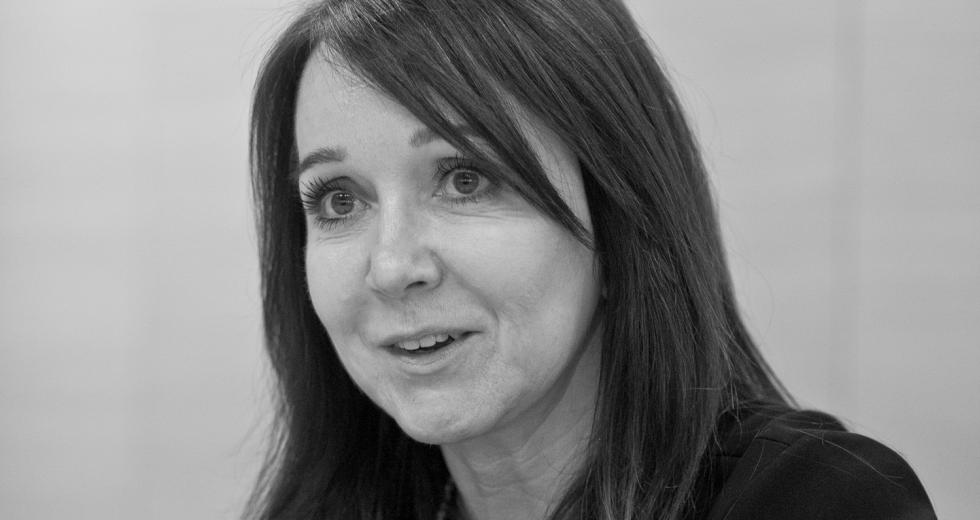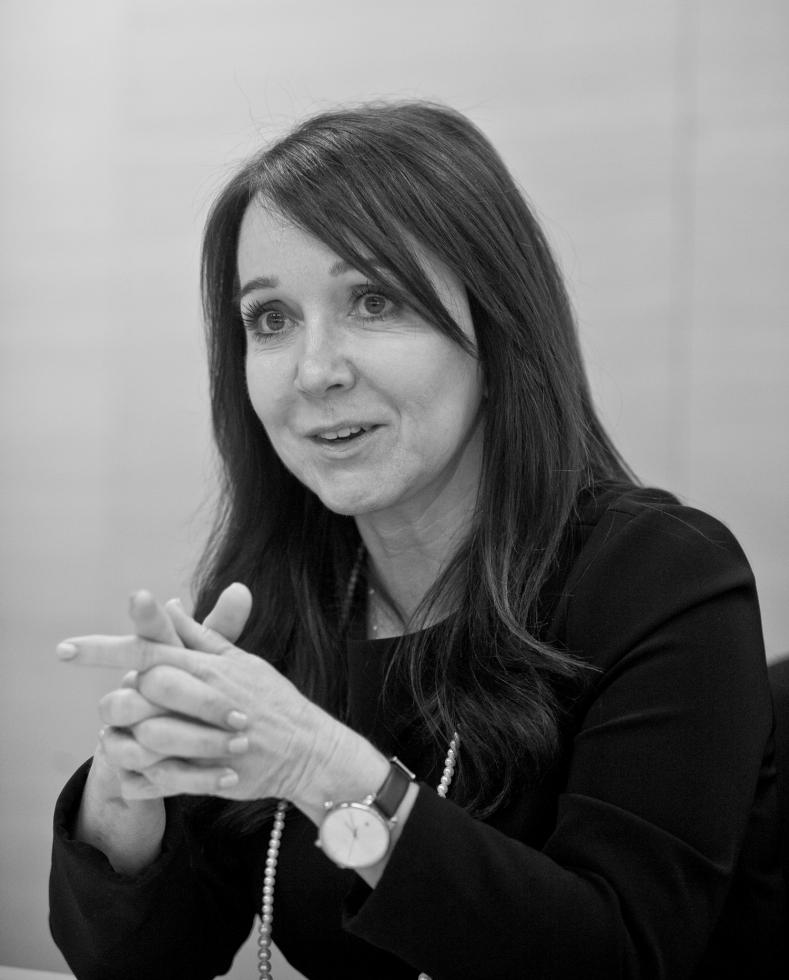With about $350 billion in assets, CalPERS is the largest public pension fund in the nation. Comstock’s spoke with CEO Marcie Frost about some of the challenges the system faces — including the decision to lower its expected rate of return, thereby driving up the mandatory financial contribution from state and local governments.
At one point, CalPERS was slightly over 90 percent in terms of its ability to fund pension obligations. That dropped after the Great Recession. Where does CalPERS stand right now in this regard?
We have about 71 percent of the assets needed to pay current liabilities. But we’re going to be here for decades to come, so there’s not a scenario where CalPERS is going to go bankrupt like a city or a company or a corporation would do. But what that figure does do, unfortunately, is limit our ability to take some risk. If we were a 90-100 percent funded system, we could take on more market risks. When I first came into the system, we were at about 68 percent.
By lowering its expected rate of return (from 7.5 to 7 percent), CalPERS has significantly raised mandatory pension contributions for local governments, raising fears that more California cities could face bankruptcy. What tools, if any, do you have to help stave that off?
One thing we’ve been focused on over the last year is fully developing out the relationships we have with our public employers. We have been doing work with our actuaries, doing WebEx presentations on how they can pay down unfunded actuarial liability.
One thing we cannot do is focus on divestments. We need broad access to the markets to get close to our 7 percent return target.
One thing we cannot do is focus on divestments. We need broad access to the markets to get close to our 7 percent return target, so these divestment ideas are not helpful. In the future, they might be fine … But today these are the numbers that we have to live by. So the employers have been really helpful in staving divestment issues away. They need us to focus on returns. The governor and the Legislature also recently gave us $6 billion, which put the system into positive cash flow. That means we can invest every single asset in the market and we’re not holding a level of liquidity that works against us. We’re not going to get 7 percent out of holding cash.
Private equity funds have delivered large returns for pension funds like CalPERS in recent years, but many observers worry certain practices could inflate return figures. Where does CalPERS stand on this?
If you are talking about the use of credit, that’s certainly something we’re focused on. There are people who believe the use of credit is appropriate and then there are other institutional investors who say that it’s not appropriate because it inflates returns. We believe we need to understand the returns. If you’re using credit to advance a return, we need to understand that because we’ll bring [that number] back down where it’s appropriate. You want to know that the returns from your highest performing general partners are not through any inflated sense of how they’re calculating that number. We’ve also taken a significant lead among other institutional investors in helping with transparency, so we know today much better every single fee we’re paying than we did five years ago.
CalPERS has a $27 billion private equity arm. You are looking to create your own direct investment program for later-stage venture capital companies as well as a buy-and-hold strategy for established companies. What is the strategy behind the program?
We have currently allocated about 8 percent to private equity. We’re trying to move that up to 10 percent application, which is about $35 billion that we have to keep that capital flowing into these markets. … There are actually four pillars to do this. Pillar one is around our emerging manager mandate [an internal policy to seek out emerging investment talent capable of eventually managing much larger funds]. We really haven’t done much in co-investing, so pillar two is about co-investing opportunities. Pillar three is late-stage VC, primarily in tech and health sciences. This is where most of the California systems have not had access into Silicon Valley at all. This organization has simply not benefitted appropriately from something that’s in our backyard. So this would be our access point into getting into that space. The fourth pillar is to buy and hold, which gives you some of the income flow necessary to pay benefits.
CalPERS has enormous influence over the companies and industries it invests in. You’ve used that power to make stands on issues like climate change, tobacco and guns. But some critics contend that focus is hurting the bottom line. Is there a limit to such a strategy?
This is one issue I certainly grapple with. We believe we need to engage with companies because we have to understand the risks associated with giving them our capital. The difference between divestment and engagement is something I think we’ve been very keenly focused on over the last couple of years, and we think people would rather that CalPERS engage with these companies than to just divest. If we take our money away, someone else will buy that company and we’re not getting the outcome many people wanted us to get as a result of divestment. We think we can best get that outcome through engagement. I think gun retailers are a good example. We’re not saying we were specifically the ones that had Big 5 and Dick’s Sporting Goods change their policies on selling weapons that are illegal in California, but the outcome that most of the stakeholders wanted did occur — and it didn’t occur through divestment, it occurred though engagement. We can be a fairly noisy engager when we want to be on things that are critical to us.
Gov. Jerry Brown has said this recovery cannot last and how cyclical everything is — how much does that play into CalPERS’ work?
The market will adjust at some point. No one knows when, but everyone I think would predict sooner rather than later. We are 51 percent allocated to global equity, so that’s where we see the extreme volatility potential if there was a significant downturn in the markets. But we want to balance that out through diversification. Again, that’s why we need broad access to the markets. We currently have several divestments in place — we have tobacco divestment, we have divestment in Iran and Sudan — and we revisit those on a five-year basis. But it’s tough for people to revisit those; could you imagine reinvesting in Iran and Sudan?
CalPERS has put forth an effort to increase the number of women and cultural minorities on corporate boards. Where are you now in that effort?
More diverse boards have better returns, have better productivity, better performance, and that will be an area that we will be taking on pretty strongly with some companies in the portfolio. … We don’t believe in publicly shaming our companies, so you won’t see a lot of this in news releases, but we will do a review on an annual basis on how and if companies responded to our engagement. We’ll do a full report out to the board and then take whatever subsequent actions we need to take. This will be an area of emphasis over the next 12-24 months. We sent a letter out to 500 companies last August that had no women on their boards. We obviously didn’t get 500 responses, but think it really led the team to think about where we can get the most impact.
Thoughts on CalPERS’ strategy of engagement over divestment? TWEET US @COMSTOCKSMAG.
Editor’s note: This story has been updated with information about CalPERS’ unfunded liabilities when Marcie Frost became CEO; the system then was funded at about 68 percent.





Comments
I think you should know about the recent reporting at the blog Naked Capitalism about the blatant misrepresentations made by Marcie Frost on her resume and job application with CalPERS. Moreover, Ms. Frost is merely a high school graduate with less than five units of actual college coursework credit. Despite this lack of basic education, she is the CEO of a $350 billion operation. How did that happen? Good question.
Is there any reason ”John Doe Public” isn't brought into the equation regarding pension payments.
Looking at the pension payments promised it appears we are living at the end of the rainbow and the pot of gold is available to all.
Where is the gold coming from for MILLIONAIRE PENSIONERS while those providing the gold might be living in abject poverty.
Moa Tuo Sung sold a promise to his followers. Sacramento & CalPers provide the promise at the expense of the many. Is this Capitalism.